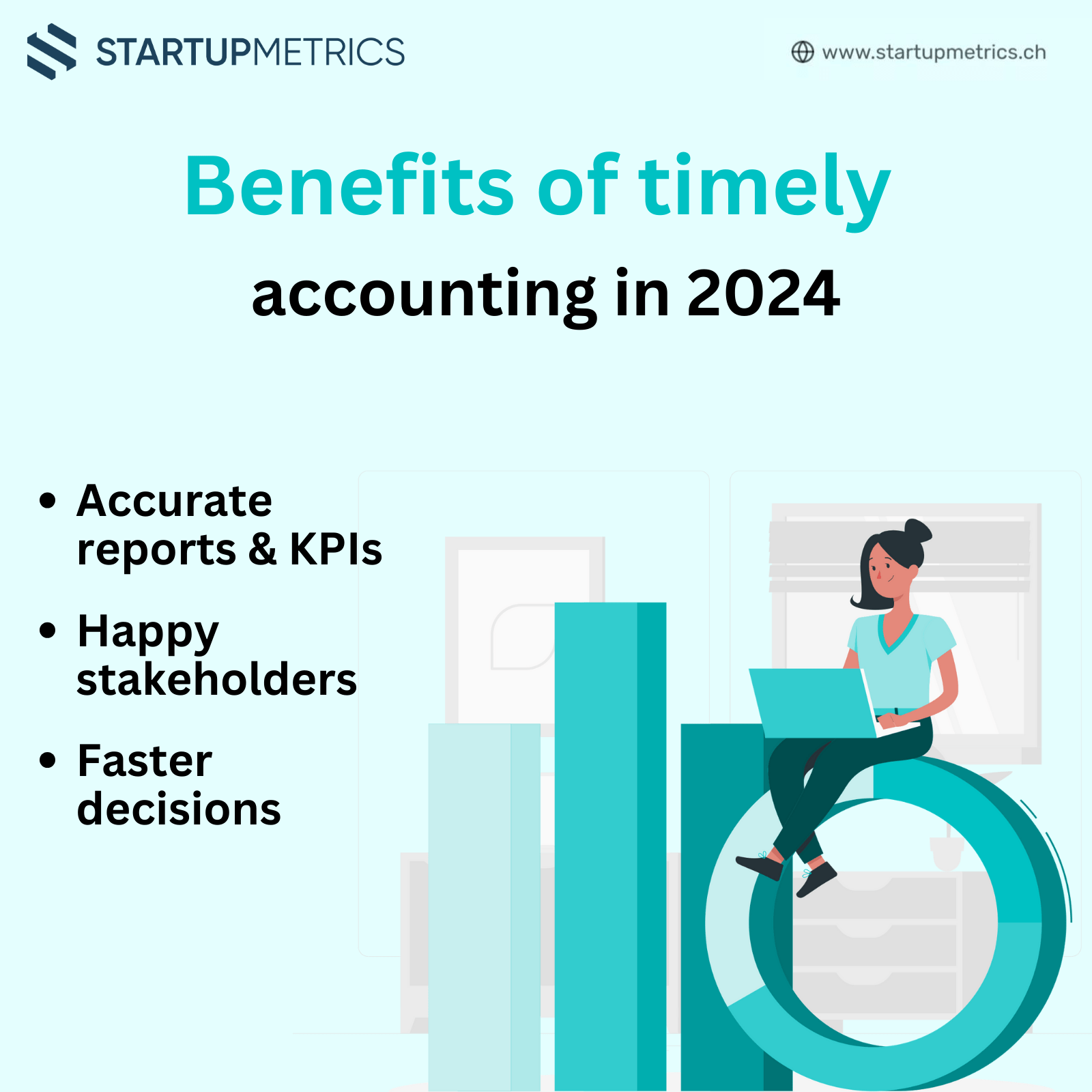
Benefits of timely accounting in 2024
In the early stages of business, while many understand the necessity of accounting, managing it promptly is often neglected. Delays…
Annual contract value (ACV), or annual income per customer, is a crucial metric for predicting revenue and understanding the scalability of your business. This metric provides insights into how many contracts you need to sign to achieve your revenue targets for the year and helps reveal the limits of your current operational settings in terms of revenue and profitability.
Annual contract value is the total revenue generated from a single customer contract over a year. It is particularly useful for subscription-based and service-oriented businesses, as it provides a consistent measure of recurring revenue from customers.
The method to calculate ACV varies depending on your business model:
ACV=∑Annualised Contract Values/Number of Contracts
ACV=Total Turnover for the Last 12 Months/Number of Projects
Suppose you run a SaaS business with the following contract values:
To calculate the ACV: ACV=1,200+2,400+3,600/3=7,200/3=$2,400
This means your average annual contract value is $2,400.
Knowing your ACV allows you to predict how many contracts you need to sign to reach your revenue targets. For example, if your revenue target for the year is $240,000 and your ACV is $2,400, you need to sign 100 contracts to achieve this target.
Number of Contracts Needed=Revenue Target/ ACV=240,000/2,400=100
ACV also provides insights into the scalability of your business. By analyzing this metric, you can identify the limits of your current operating setting in terms of revenue and profitability.
If your business operates at a 90% occupancy rate, reaching more than an additional 10% of customers may be difficult without optimizing your processes or hiring new staff. This constraint highlights the need to improve operational efficiency or expand capacity to accommodate more clients.
Improving your operational processes can help you serve more customers without compromising quality. Streamlining workflows, automating tasks, and enhancing efficiency are key steps in this direction.
Expanding your team allows you to take on more projects or clients, thereby increasing your ACV. Hiring skilled professionals can help manage the increased workload and maintain high service standards.
Creating attractive additional services or upselling existing customers can significantly boost your ACV. For example, a SaaS company might offer premium features or add-on services at an extra cost, increasing the overall value of each contract.
Enhancing the customer experience by offering personalized services can lead to higher customer satisfaction and retention. Satisfied customers are more likely to renew contracts and opt for additional services, thereby increasing ACV.
Annual contract value is a vital metric for predicting revenue and understanding the scalability of your business. By accurately calculating and analyzing ACV, you can set realistic revenue targets, identify operational constraints, and implement strategies to increase revenue without necessarily expanding your customer base. This metric helps you make informed decisions that drive business growth and profitability.